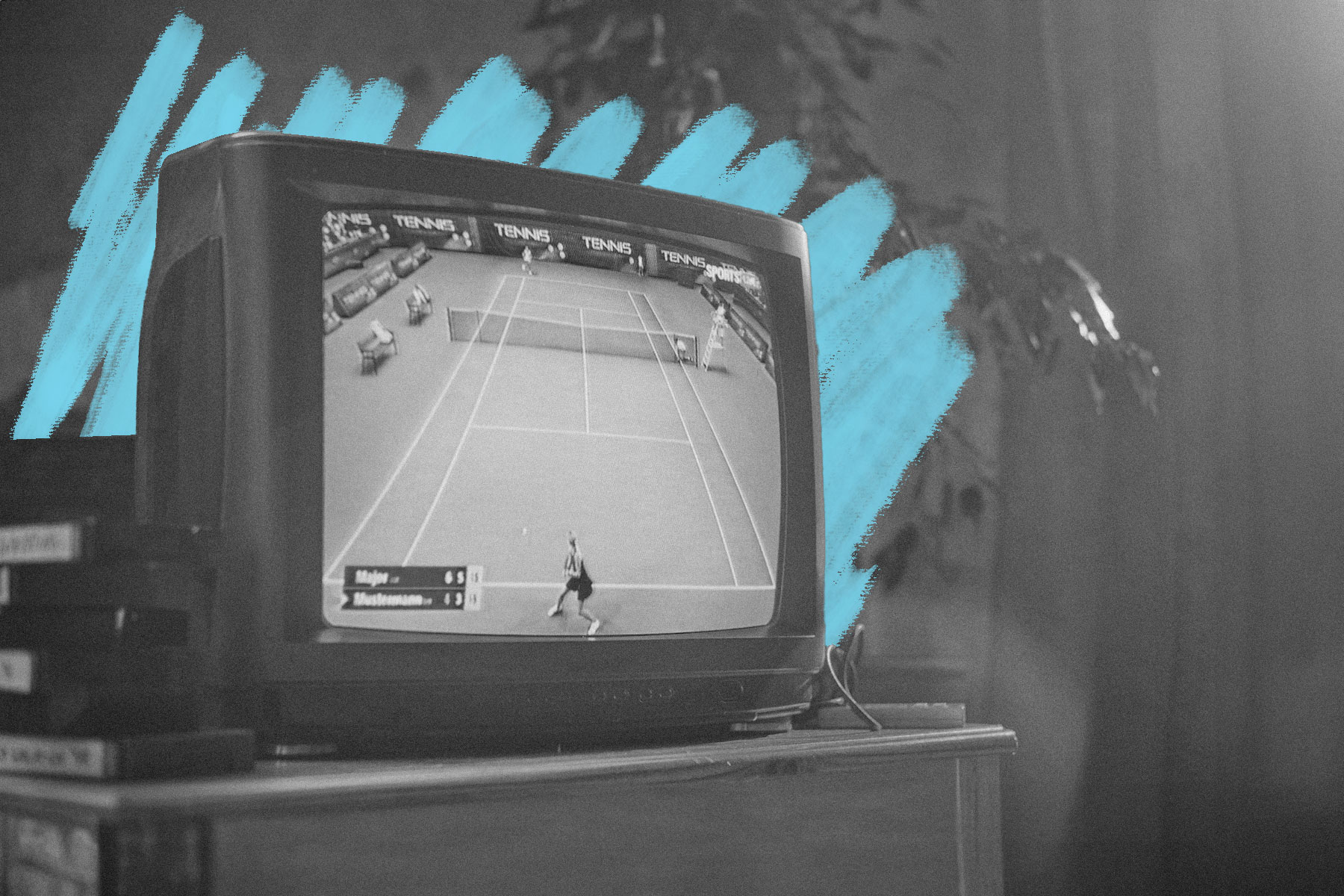| B y the early 1970s, many television networks had made the transition from broadcasting in black and white to color, and an increasing number of households were upgrading their TV sets to take advantage. The new technology offered a more immersive and entertaining experience; it also, in one case, presented an opportunity for innovation in sports. In 1972, neon-yellow tennis balls as we know them today were introduced to the sport in order to be more visible on color TV sets. The vibrant hue was selected after a study conducted by the International Tennis Federation (ITF) found that the bright shade of yellow — known officially as "optic yellow" — made it easier for viewers at home to follow the action on their screens. |
|
| Historically, tennis balls had been either white or black (depending on the color of the courts), but when broadcast in color, white balls were more difficult to track. Even after the introduction of yellow balls, however, white balls were still allowed, and Wimbledon, the oldest tennis tournament in the world, didn't make the switch. This was despite the fact that the prestigious sporting event had been broadcast in color since 1967, when legendary BBC broadcaster David Attenborough oversaw the company's switch from black and white. It took another 14 years until the tournament got with the times, and in 1986, Wimbledon finally adopted optic yellow tennis balls. |













No comments:
Post a Comment